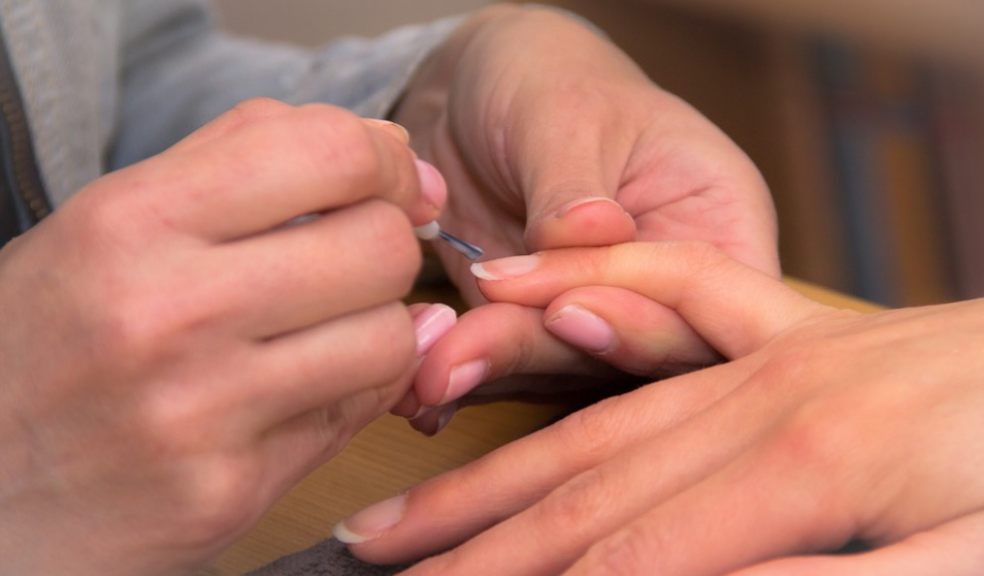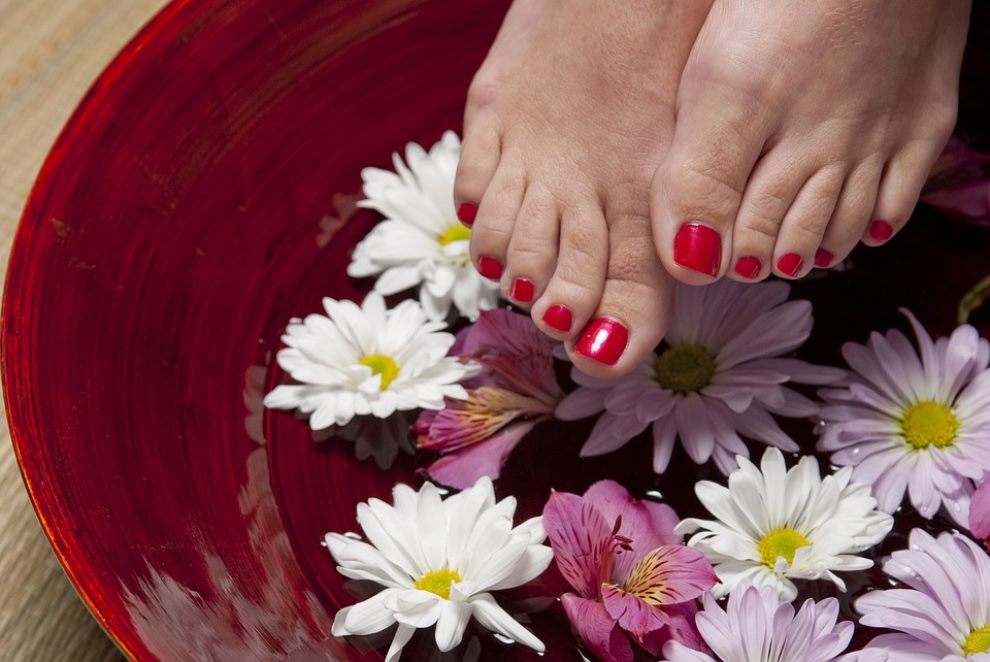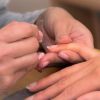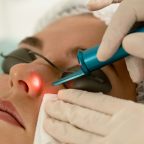
The Latest Advances in Preventing Fungal Infections
Fungal infections are among the most painful infections a person can endure. The scientific name mycosis can be loosely defined as a mushroom-like disease, yet, not all of them appear that way. The symptoms include irritation, scaly or flaky skin, redness and itching, swelling, and blisters. The cause of fungal infections comes from different reasons and can live on the skin and inside the body such as the mouth, throat, vagina, and gut. If there is no overgrowth, the fungus can live in those places harmlessly, but the growth can cause any of these symptoms if not more. If you happen to have a fungal infection or know someone that does, read on below to discover the latest advances in treating and preventing them.
Most Common Fungal Infections
The most common fungal infections can occur on most, if not anywhere on your body. Those include athlete’s foot, jock itch, ringworm, and as mentioned, yeast infections. Athlete’s Foot, as it is named, is a fungus that grows on feet and can cause peeling, blisters, itching, and scaly skin. It is also called Tinea Pedis and grows in warm damp places like shoes, socks, locker rooms, and public showers. There are four different types of fungi that can cause Tinea Pedis and most commonly happen to athletes as they keep their feet in damp socks and shoes most of the time.
The second type of fungal infection is the ringworm and it is caused by mold. It can live on dead tissues of your skin, your hair, and nails. The ringworm can either live between your toes, which is generally also known as Athlete’s foot, but it can sometimes grow on the groin or crotch area which is why it is called a Jock Itch. The symptoms are the same, but this is more contagious than athlete’s foot. You can get it from another person, your pet, soil, and by touching infected objects.
The third most common infections are yeast infections. They are also called Cutaneous Candidiasis which is when the fungus Candida grows rapidly. These are not contagious by any means but also grow in warm damp areas of the body including armpits and the crotch. Studies show that those who take antibiotics are more common victims of yeast infections than most.
UVC Light
One of the most advanced ways to prevent fungal infections is through UVC light or Ultraviolet C light. This is used in both hospitals and for in-home care and is a type of light that disrupts the DNA of infectious microbes. This prevents them from overgrowing by either killing them altogether or stopping them from reproducing. Not all UVC lights look the same, HealthySole looks like a scale on which you stand on and transfers the light onto your feet with high plasma UVC lamps. Although it is impossible to see how HealthySole works, as the light is invisible to the human eye, it is effective for athletes who are constantly sweating in their socks. Preventative measures are essential for athletes as this type of fungus can stop athletes from playing altogether.
OTC Products
Other advanced ways to remove and prevent fungal infections is through over the counter (OTC) products. There are several medications that can be taken either orally or as a topical treatment. In some severe cases, patients can take shots, especially if it has spread to dangerous locations such as the mouth and throat.

How to Avoid Fungal Infections
To avoid fungal infections altogether there are several steps you may have to do. First and foremost, is to keep all parts of your body as clean and dry as possible. Although it may be difficult to do so as an athlete, as soon as you are done with your practice or workout, take a shower and keep your feet dry. Also, shampoo regularly and avoid products that other people have used. Wear attire that covers your feet in public restrooms and avoid tight-fitting socks and shoes.
Before you take any sort of medication, be sure that you contact your doctor and have them take a look at your symptoms and correctly assess your condition. The dosages of certain medications or treatments may cause more harm than good, especially to other areas of your body. For instance, some medications dry out the skin; therefore, for those with already dry skin, it may cause detrimental effects on the rest of your body. Be sure to go to a doctor immediately and research the types of treatments that they suggest understanding what you are taking and how it will affect you.



















